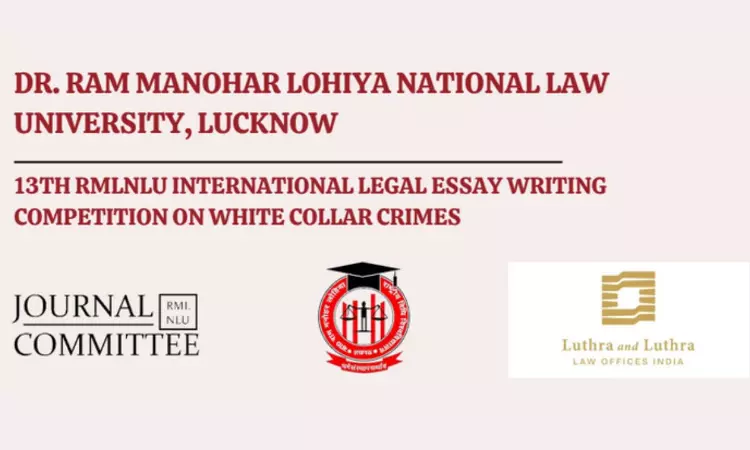ESSENTIAL CONDITIONS OF VALID MARRIAGE UNDER HINDU LAW
INTRODUCTION
In law, marriage may mean either the acts, agreements, or ceremony by which two persons enter into wedlock, or their subsequent relation created thereby. In India, marriages are governed by Personal laws or Family laws. There exist different laws for each religion. Hindu Marriages are governed according to the Hindu Marriage Act, 1955 and other laws. According to Hindu Law, marriage is a sacrament or a holy union. Hindu Marriage is not only a sacrament but also a contract [1]. According to Vedas, a marriage is, the union of flesh with flesh and bone with bone. Before the enactment of Hindu Marriage Act, 1955, Hindu marriages were governed by dharmasastra and customs.
Who is a Hindu
The term ‘Hindus’ denotes all those persons who profess the Hindu religion either by birth, from Hindu parents or by conversion to the Hindu religion. A person may also become Hindu if after expressing an intention, expressly or impliedly, he lives as a Hindu and the community or caste into the fold of which he is accompanied, accepts him as a member of that community or caste [2]. A bonafide declaration by one that he is a follower of the Hindu faith amounts to his acceptance of the Hindu faith and becomes a Hindu by conversion [3].
Who comes under the Hindu Marriage Act, 1955
The Hindu Marriage Act 1955, is applicable to all those persons who is a Hindu, Jain, Buddha, or Sikh by religion and those who convert and reconvert to Hinduism including (Buddhists, Jains, Sikhs).
Definitions under the Hindu Marriage Act, 1955
1. CUSTOM and USAGE – According to Section 3(a) of the Hindu Marriage Act, 1955, the expressions ‘custom’ and ‘usage’ signify any rule which, having been continuously and uniformly observed for a long time, has obtained the force of law among Hindus in any local area, tribe, community, group or family. Customs are not valid when it is unreasonable or opposed to public policy. If a certain custom is followed by a family then it should be a continuing one from the past itself [4].
2. SAPINDA RELATIONSHIP – According to Section 3(f) of the Hindu Marriage Act, 1955, ‘Sapinda relationship’ with reference to any person extends as far as the third generation (inclusive) in the line of ascent through the mother, and the fifth generation (inclusive) in the line of ascent through father, the line being traced upwards in each case from the person concerned, who is to be counted as the first generation;
two persons are said to be ‘sapindas’ of each other if one is a lineal ascendant of the other within the limits of sapinda relationship, or if they have a common lineal ascendant who is within the limits of sapinda relationship with reference to each of them [5].
3. DEGREES OF PROHIBITED RELATIONSHIP – According to Section 3(g) of the Hindu Marriage Act, 1955, two persons are said to be within the ‘degrees of prohibited relationship’ –
i) if one is a lineal ascendant of the other; or
ii) If one was the wife or husband of a lineal ascendant or descendant of the other; or
iii) If one was the wife of the brother or the father’s or mother’s brother or of the grandfather’s brother; or
iv) If the two are brother and sister, uncle and niece, aunt and nephew, or children of brother and sister or of two brothers or of two sisters [6].
ESSENTIALS OF VALID HINDU MARRIAGE
Section 5 of the Hindu Marriage Act, 1955 lists out the essential conditions for a valid Hindu Marriage.
Monogamous Relationship
Under section 5(i) of the Hindu Marriage Act, the first essential condition of a valid hindu marriage is that neither party should have a living spouse at the time of marriage. Section 5(i) may read with Section 11,17 of the Hindu Marriage Act, 1955 which makes a Hindu guilty of the offence of bigamy under Section 491 of Indian Penal Code and it is ultra vires to the constitution on the ground that it violates Article 14, 15 or 25(1) of Constitution of India [7].
Free Consent
Section 5(ii) of the Act provides that at the time of marriage neither party shall be incapable of giving free valid consent on the basis of unsoundness of mind, mental disorder and insanity (unfit for marriage and procreation of children). Free consent is a necessary element of a Hindu Marriage. A Hindu Marriage takes in contravention of this condition is not per se void but voidable under Section 12 (1)(b) of the Act [8].
Age
Under section 5(iii) of the Act, at the time of marriage the male shall be minimum 21 years of age and female 18 years of age. Any violation of the required age of this clause is not void or even voidable but it is the breach of condition and is punishable with simple imprisonment which may extend to fifteen days, or with fine, or with both by Section 18(a) of the Act.
Prohibited Relationship
Under section 5(iv) of the Act, neither parties shall fall under degrees of prohibited relationship except when such union is allowed by custom or usage. A marriage solemnized within the prohibited degrees of relationship would be void under Section 11 of the Act and is punishable for simple imprisonment which may extend upto one month, or with fine or with both by Section 18(b) of the Act. If a custom is prevailing it must be a valid custom under Section 3(a) of the Hindu Marriage Act. The marriage constituted within the degrees of prohibited relationship will only become legal and valid if there exists a valid custom [9].
Sapinda Relationship
Under section 3 (f)(ii) of the Act, two persons are said to be “sapindas” of each other if one is lineal ascendant of the other within the limits of sapinda relationship, or if they have a common lineal ascendant who is within the limits of sapinda relationship with reference to each of them. Sapinda marriages are prohibited and is liable for punishment as per section 18(b), unless when such union are allowed by custom or usage. Thus according to this section marriages between persons of blood relationship are void.
There are also some other conditions explained in different sections of the Hindu Marriage Act in addition to this they are:
1. Section 7 – A Hindu Marriage may be solemnized in accordance with the customary rites and ceremonies. For example, it is essential to take ‘saptapadi’ (a customary practice of taking seven steps around the sacred fire by the bridegroom and bride) is a ceremony followed by Hindus.
2. Section 8 – A Hindu Marriage may be registered within 15 days of solemnization of marriage as the state government prescribes. Registration provides written proof of marriage.
3. Section 12 (1)(c) – To constitute a valid Hindu Marriage free consent of both the petitioners or parents are necessary. Free consent means consent obtained without any force or fraud. If there is an absence of free consent then that marriage becomes voidable.
Also Read: VOID AGREEMENT UNDER SECTION 24 to 30 OF INDIAN CONTRACT ACT, 1872
CONCLUSION
The above listed are the essential condition of a valid Hindu Marriage under Hindu Law. Hindu Marriage is not only a sacrament but a contract too. As soon as the marriage is completed it gives certain marital rights and duties to both husband and wife.
REFERENCES
1) Bhagwati Saran Singh v. Parmeshwari Manohar Singh, 1942 ILR All.518
2) Perumal Nadar v. Ponnuswami, 1971 AIR 2352 SCR(1) 49
3) Mohandas Embranthiri v. Travancore Devasom Board, 2000
4) Section 3(a) Hindu Marriage Act, 1955
5) Section 3(f) Hindu Marriage Act, 1955
6) Section 3(g) Hindu Marriage Act, 1955
7) Gogireddy Sambireddy v. Gogireddy Jayamma, AIR 1972 AP 156
8) R. Lakshmi Narayan v. Santhi, 2001
9) Shakuntala Devi v. Amar Nath, AIR 1982 PH 221








